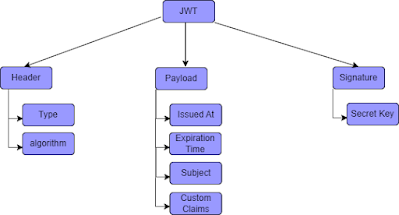In this article, we can discuss how we can determine the number of servers (or CPU cores) you need for the AEM 6.5 publish environment for an applictaion having simple and complex templates.
Below is the formula to find out number of servers:
complexity = applicationComplexity + ((1-cacheRatio) * templateComplexity)
where:
traffic : The expected peak traffic per second. You can estimate this as the number of page hits per day, divided by 35'000.
Consider below Caching efficiency and traffic
Cache efficiency is crucial for the website speed. The following table shows how many pages per second an optimized AEM system can handle using a reverse proxy, such as the Dispatcher:
applicationComplexity :
Use 1 for a simple application, 2 for a complex application, or a value in-between:
- 1 - a fully anonymous, content orientated site
- 1.1 - a fully anonymous, content orientated site with client-side/Target personalization
- 1.5 - a content-orientated site with both anonymous and logged in sections, client-side/Target personalization
- 1.7 - for a content-orientated site with both anonymous and logged in sections, client-side/Target personalization and some user-generated content
- 2 - where the entire site requires login, with extensive use of user-generated content and various personalization techniques.








